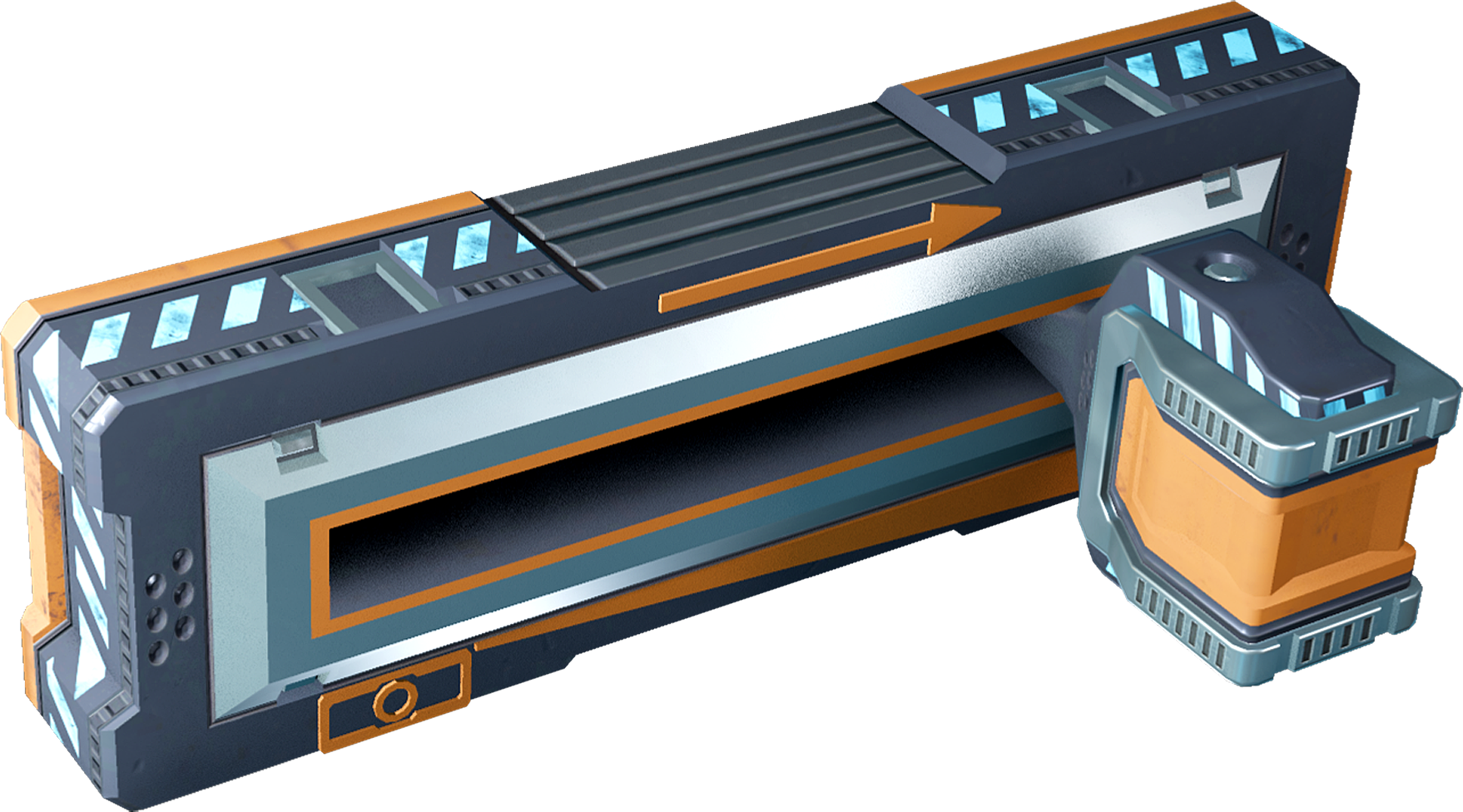Difference between revisions of "Levers"
Jump to navigation
Jump to search
m (Adding Japanese) |
m |
||
| Line 23: | Line 23: | ||
|mass=174.32 | |mass=174.32 | ||
|volume=17.52 | |volume=17.52 | ||
|corrosionResistance= | |corrosionResistance=400 | ||
|primaryMaterial=Bastium | |||
}} | }} | ||
| Line 43: | Line 44: | ||
|{{SB Infobox Device Construction | |{{SB Infobox Device Construction | ||
|aegisium= | |aegisium= | ||
|ajatite= | |ajatite=40% | ||
|arkanium= | |arkanium= | ||
|bastium=50% | |bastium=50% | ||
| Line 59: | Line 60: | ||
|oninum= | |oninum= | ||
|surtrite= | |surtrite= | ||
|tengium= | |tengium= | ||
|ukonium= | |ukonium= | ||
|valkite= | |valkite= | ||
| Line 65: | Line 66: | ||
|xhalium= | |xhalium= | ||
}} | }} | ||
}} | }}<section begin=summary/>Levers are interactable devices used mainly for controlling [[Devices and machines|devices and machinery]]. They have many configurable options to allow them to be used in a plethora of ways, and come in two visually identical but functionally distinct forms: A regular lever, and a centering lever. A regular lever (typically) starts at its minimum value, and can be adjusted upwards, while a centering lever starts at a value between its minima and maxima.<section end=summary/> | ||
Levers are interactable devices used mainly for controlling [[Devices and machines|devices and machinery]]. They have many configurable options to allow them to be used in a plethora of ways, and come in two visually identical but functionally distinct forms: A regular lever, and a centering lever. A regular lever (typically) starts at its minimum value, and can be adjusted upwards, while a centering lever starts at a value between its minima and maxima. | |||
== Basic information == | == Basic information == | ||
Revision as of 07:14, 9 July 2021
Levers
Type Control devices
Function Sliding input control
Availability Luxury Items
Size 24 × 72 × 24 cm
Mass 174.32 kg
Volume 17.52 kv
Corrosion resistance 400
Primary material Bastium
Input / Output
Electric input Passive
Sockets 1
Modular interfaces 2
Composition
Levers are interactable devices used mainly for controlling devices and machinery. They have many configurable options to allow them to be used in a plethora of ways, and come in two visually identical but functionally distinct forms: A regular lever, and a centering lever. A regular lever (typically) starts at its minimum value, and can be adjusted upwards, while a centering lever starts at a value between its minima and maxima.
Basic information
- Uni-directional levers have "zero" in one end and maximum in the opposite end.
- Lowering the maximum value lowers the given lever's maximum output to a device.
- Bi-directional levers have minimum and maximum in the far ends and the middle/neutral value is 50.
- Minimum output has to be lower than the neutral value. Default is 0.
- Maximum has to be higher than the neutral value. Default is 100.
Device fields
| YOLOL field | description | range |
|---|---|---|
| LeverState | Lever's current state between LeverMinOutput and LeverMaxOutput | LeverMinOutput - LeverMaxOutput |
| LeverMinOutput | Unidirectional - Output in low end, Bidirectional - Output in left end | |
| LeverMaxOutput | Unidirectional - Output in high end, Bidirectional - Output in right end | |
| LeverCenterOutput | Output value when the lever is in the center | |
| LeverCenterDeadZone | How large is the dead zone in the center of an unidirectional lever | |
| LeverCenteringSpeed | How fast does (unidirectional lever reset to low end)(bidirectional lever reset to center) once released | |
| LeverBindsMoveSpeed | How fast does the lever move with binds |
To learn more about how to use fields, consult these wiki pages:
